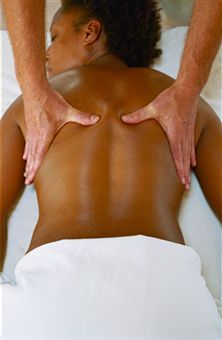Special to CSMS Magazine
In one word, Rolfing therapy is about realignment, or, in another word, balance. Rolfing is not massage or deep tissue work, although that’s how people have incorrectly described it in the past. Named for its founder, Ida Rolf, this therapy works to realign segments of the body that injury, emotional trauma and poor postural habits have forced out of balance. Ideally, each of the body, providing support and serving as an anchor.
Rolf practitioners manipulate the major muscle groups and fascia (tissue under the skin, wrapping the muscles) by using hands, fists and elbows. But sessions are not, by their nature, painful. That is a misconception that has plagued the profession, unfairly, for many of its more than 50 years of existence. In the 1980s and the 1990s, Rolf therapists worked to soften their techniques some, without straying from the original goals of the therapy: To bring a part (or parts) of the body to where it precisely belongs and set up a new pattern of movement,
Rolfing bodywork is reinforced by Rolfing movement integration, in which the practitioner teaches the client new ways of moving, walking, sitting at a computer, playing a sport—to avoid reestablishing the former problematic muscular tension. Most Rolf therapist will incorporate some movement in treatment, and about one-third of therapists are certified in Rolf movement alone, leaving out the bodywork.
Usually, a patient’s head and neck feel lighter after treatment and the torso feel lengthened. Formerly, Rolfing was practiced in 10, and exactly 10, sessions. Today, however, Rolfers will vary a bit from that rule, although they state that one or two sessions are simply not enough to affect any kind of lasting change.


